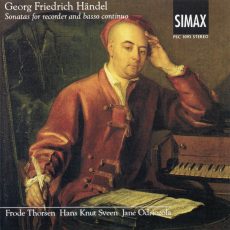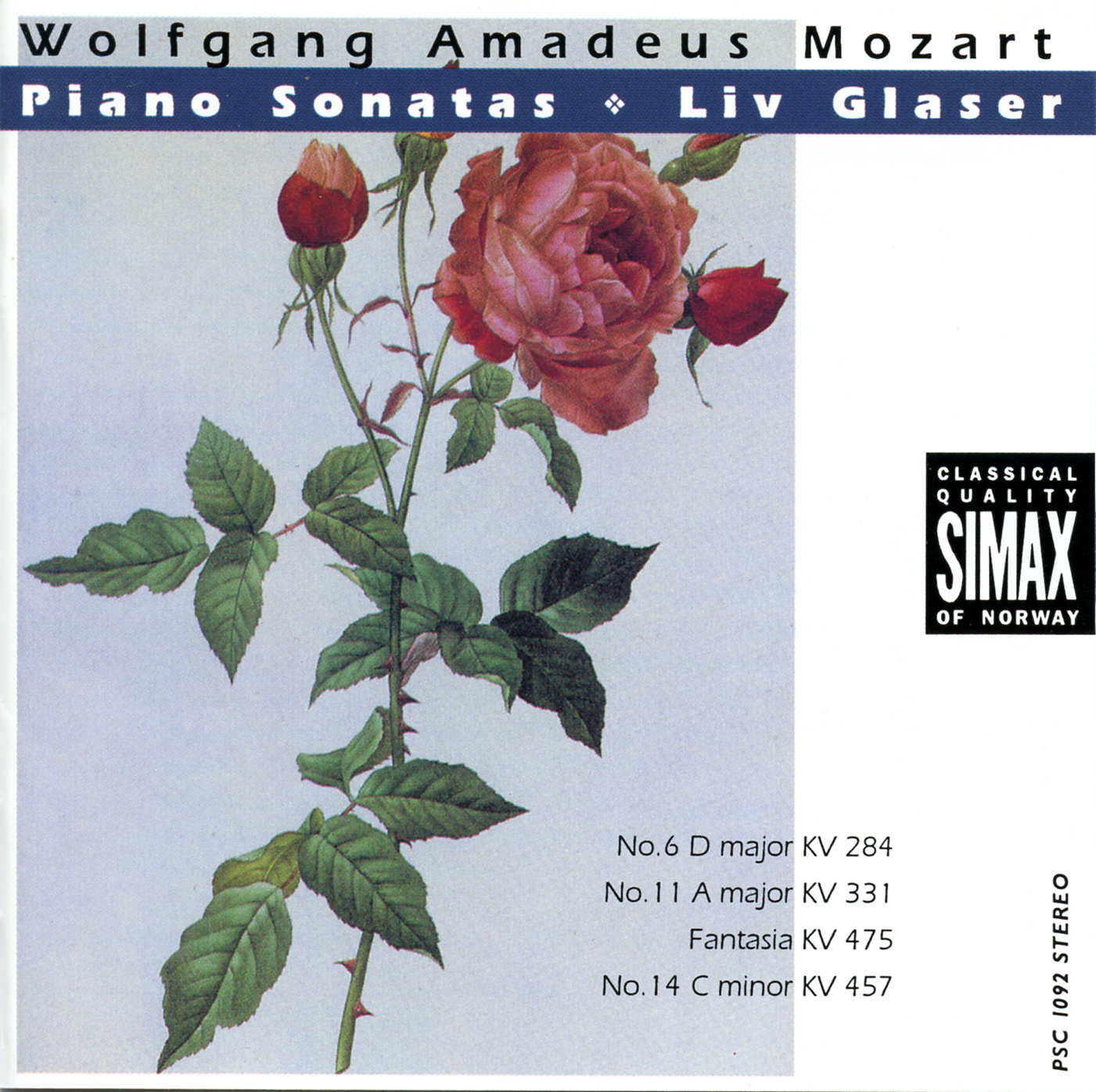There are great works by Beethoven that are virtually never performed. The Swedish Chamber Orchestra Örebro and their chief conductor Dausgaard present one of them here in their series with the complete orchestral works of the master.
Beethoven’s biggest venture into ballet music
The ballet was premiered in 1801 at the court theathre in Vienna, and the music is Beethoven’s only extensive contribution to the genre. In those days the theme of Prometheus was often connected to Napoleon – the man who was supposed to save mankind. It is well known how Beethoven turned completely in his views of Napoleon, and the theme in the finale of the ballet music reoccurs in many later works – most prominently as the theme for the variations in the ‘Eroica’ symphony.
Dances
The two sets of dances recorded here form part of a tradition of popular dance music to which Haydn, Mozart and Schubert also contributed. They were first heard at a Ball organised by the Viennese Artists’ Pension Fund on 22 November 1795. In the German Dances we find many popular features including ‘Turkish’ musical effects (triangle, tambourin and bass drum), and also styles of melody found for instance in Papageno’s music in Mozarts ‘The Magic Flute’.
Thomas Dausgaard and the Swedish Chamber Orchestra Örebro
Thomas Dausgaard became chief conductor of the orchestra in 1997, and immediately set up a big, hairy, goal: ‘we shall record the complete orchestral works of Beethoven!’. The aim was to build the orchestra further through working with the best repertoire there is. The result is a massive success.



















